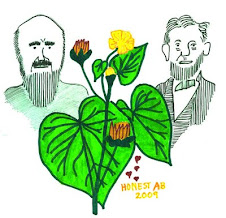In a previous essay, I explained that Native American hunting kept passenger pigeon populations under control until the Natives had a population crash due mostly to European diseases. Then, as explained in chapter 3 of my new book, passenger pigeon populations surged prodigiously.
I have just published my sixth book, Forgotten Landscapes: How Native Americans Created Pre-Columbian North America and What We Can Learn from It.. I am starting a series of essays and videos to promote portions of this book.
I have posted a second video about the impact of Native American hunting, which corresponds to chapter 3 of my book.
It was not just passenger pigeons but also alligators and fish whose populations were kept in check by Native American hunting until their populations crashed. I conclude this from reading William Bartram’s account of his 1776 visit to the American Southeast. He saw huge populations of both groups of animals, larger than could be supported sustainably over the long term.
Chapter 3 of my book also explains why bison and deer populations did not explode when Native populations crashed. This was because in the 1700s Cherokees (and other tribes), who had been hunting deer as food, began to hunt them as commodities to sell to white traders. The decrease in the number of hunters was compensated for by the increase in the number of deer killed per hunter. The chapter also mentions that bison populations were large even before the die-off of Native hunters.
Native Americans did not just live in North America; they had a significant impact upon its ecology. This is something that white historians and readers who think of Native Americans as savages have overlooked.





